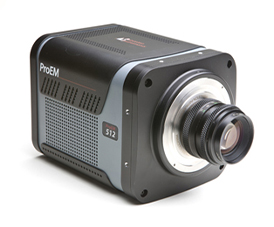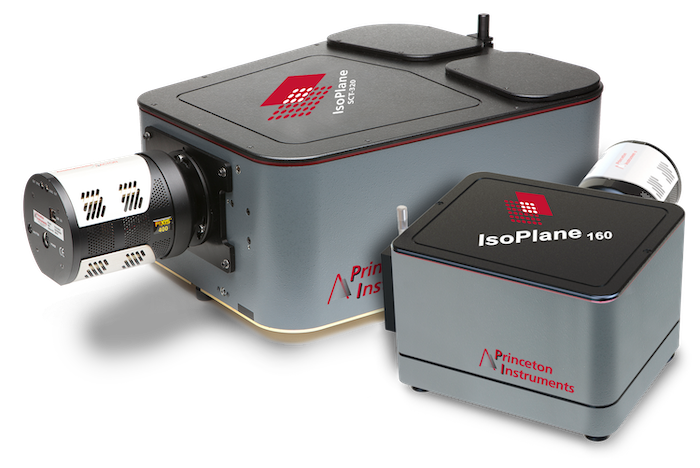Yann Camenen
Scientific Reports
Introduction
Understanding and controlling the behavior of plasmas has wide applications, from surface treatment and etching in material fabrication to research in propulsion and energy production. Plasmas are states of matter and are comprised of ions and free electrons. The electron temperature and density in a plasma are two important parameters when investigating plasmas.
Although there are electronic methods which measure the electron density and temperature (using so called Langmuir Probes), optical techniques, such as scattering measurements or optical emission spectroscopy, have the advantage of not needing physical probes that could perturb the plasma.
A team of researchers in France and Germany are now showing, via a paper published in Scientific Reports, how to perform optical measurements of a plasma with both spectral and spatial resolution. Their technique is called spectrotomography and uses line of sight emission spectroscopy. For line of sight measurements an optical fiber is positioned in the focus of a small lens so that the emission along the path is detected by the lens.
The researchers combined a total of 49 fibers to study the plasma through an optical window of a vacuum chamber and detected the signal across the fibers simultaneously. An aberration corrected IsoPlane spectrograph, in combination with a large format ProEM EMCCD camera, were used for detection. A good imaging spectrograph is necessary to spectrally and spatially resolve all spectral channels at the same time. The whole instrument is spectrally calibrated to measure the correct emissivity of the plasma.
Argon emission lines are being used for tomographic reconstruction of temperature and electron density and the publication describes in detail how the results are validated using other measurement methods. The researchers conclude that their work shows the “powerful ability of the spectro-tomographic diagnostic to acquire simultaneously 2D integrated intensity of several emission lines to access a wide kind of physical parameters”. The team is working on improved methods to improve the spatial resolution using a larger number of spectral channels.


